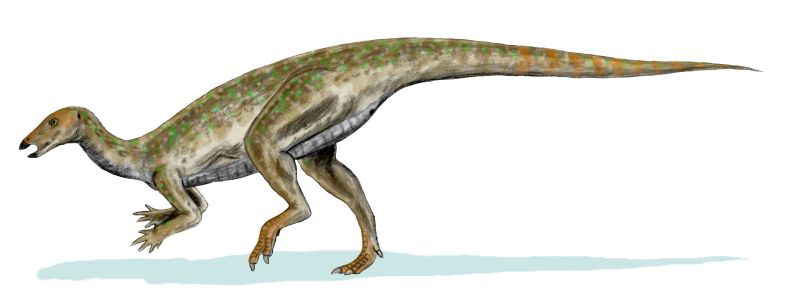Dinosaur names can be tongue-twisters that challenge even the most enthusiastic paleontology fans. These ancient creatures, named using scientific conventions that blend Latin, Greek, and other linguistic roots, often leave us stumbling over syllables and stressing the wrong parts of words. Whether you’re a parent trying to answer your dinosaur-obsessed child’s questions or simply someone who wants to sound knowledgeable at parties, pronouncing these prehistoric beasts’ names correctly can be surprisingly difficult. In this article, we’ll explore thirteen dinosaurs whose names are commonly mispronounced and provide the correct way to say each one.
Triceratops
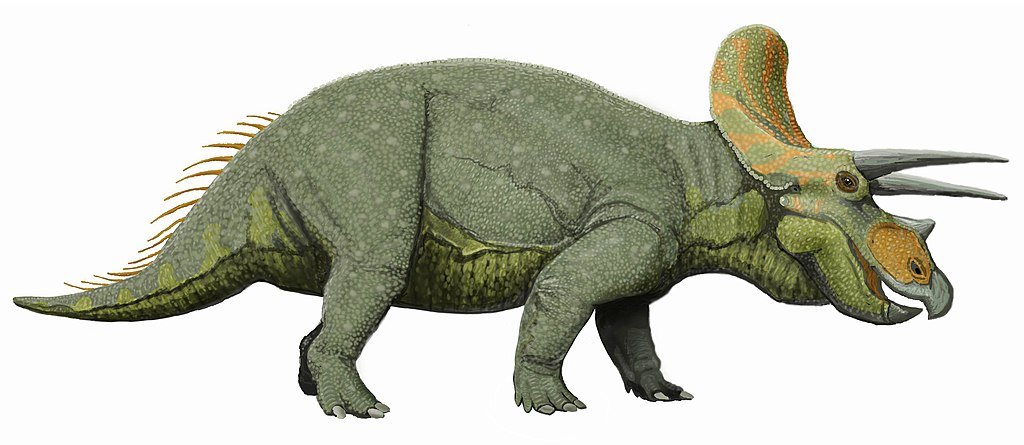
While this three-horned herbivore might seem straightforward to pronounce, many people place the emphasis incorrectly. The proper pronunciation is “try-SAIR-uh-tops,” with the emphasis on the second syllable. The name translates to “three-horned face,” which perfectly describes this dinosaur’s most distinctive feature. Triceratops lived during the late Cretaceous period about 68 million years ago, and was one of the last non-avian dinosaurs to exist before the mass extinction event. Despite being one of the most recognizable dinosaurs in popular culture, its name continues to trip up many dinosaur enthusiasts who mistakenly say “TRY-ser-a-tops” with the emphasis on the first syllable.
Ankylosaurus

This armored dinosaur’s name frequently gets mangled in conversation. The correct pronunciation is “ang-KY-low-SAWR-us,” with primary emphasis on the second syllable and secondary emphasis on the fourth. The name comes from the Greek word “ankylos,” meaning “fused” or “stiff,” referring to the bony plates fused to its skin that served as armor. Ankylosaurus was a massive herbivore that lived during the late Cretaceous period and could grow up to 26 feet long. People often mispronounce it as “AN-ky-lo-sawr-us” or “an-ky-lo-SAU-rus,” both of which miss the proper stress pattern that helps listeners understand the word’s Greek origins.
Pteranodon
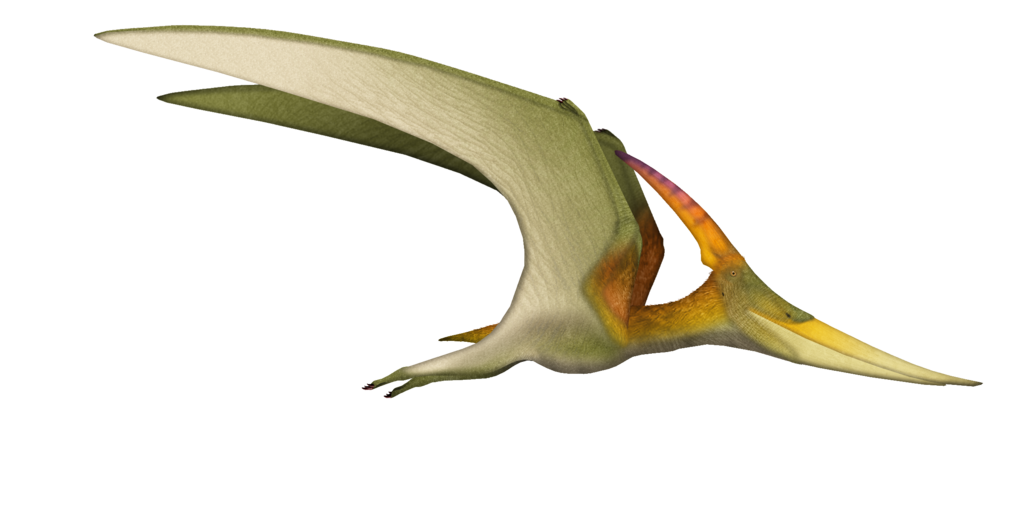
Although technically not a dinosaur, but a flying reptile, Pteranodon frequently appears in dinosaur books and media, earning it a place on this list. The “P” in Pteranodon is silent, making the correct pronunciation “teh-RAN-oh-don.” This reflects the Greek origin of the “pt” combination, which appears in modern words like “pterodactyl” and “helicopter.” Pteranodon lived during the late Cretaceous period and had wingspans reaching up to 23 feet, making it one of the largest flying reptiles. The name means “wing without tooth,” accurately describing its toothless beak, a feature that many people miss when they incorrectly pronounce it as “PET-er-an-oh-don” or “teh-ran-OH-don.”
Diplodocus
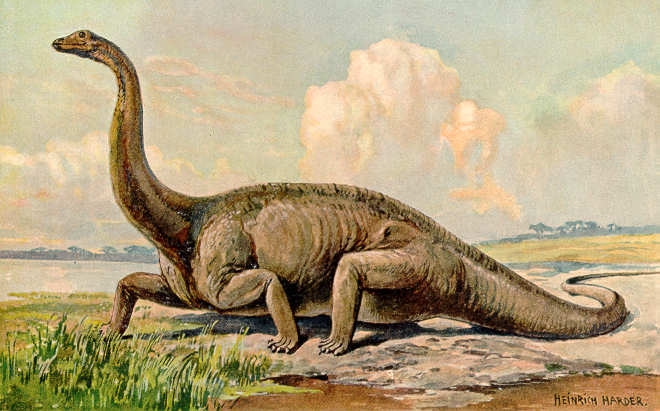
This long-necked sauropod’s name often gets mangled by dinosaur enthusiasts young and old. The correct pronunciation is “dih-PLOD-uh-kus,” with the emphasis on the second syllable. The name comes from Greek words meaning “double beam,” referring to the unique chevron bones on the underside of its tail. Diplodocus was one of the longest dinosaurs, reaching lengths of up to 88 feet from nose to tail. People commonly mispronounce it as “DIP-low-DOH-kus” or “dip-lo-DOCK-us,” perhaps influenced by the spelling that suggests different syllable breaks than how it should actually be pronounced.
Pachycephalosaurus
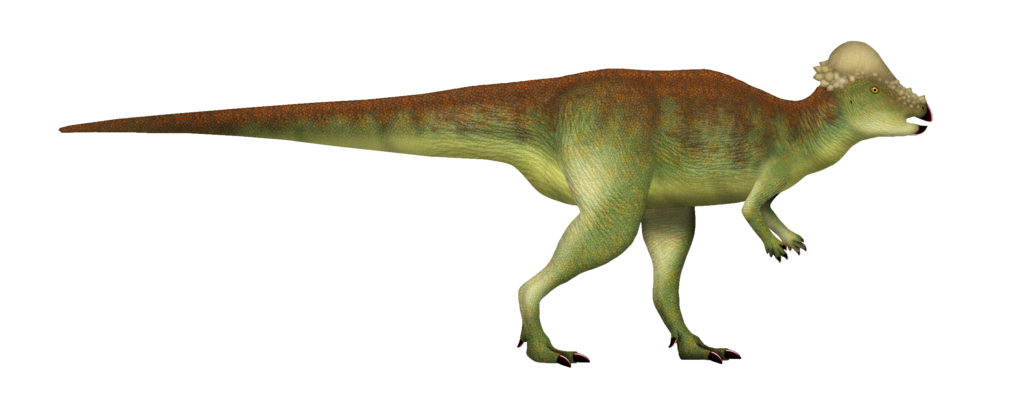
With nine syllables, this dome-headed dinosaur has one of the most challenging names to pronounce correctly. The proper way to say it is “pak-ee-sef-uh-low-SAWR-us,” with the main emphasis on the sixth syllable. The name translates to “thick-headed lizard,” aptly describing its most distinctive feature—a domed skull up to 10 inches thick. Pachycephalosaurus lived during the late Cretaceous period in what is now North America. People frequently stumble when encountering this name, often reducing it to “paky-sephalosaurus” or placing emphasis on incorrect syllables, which obscures the meaning built into its scientific nomenclature.
Stegosaurus

Though it might seem simple, many people mispronounce the name of this famous plate-backed dinosaur. The correct pronunciation is “STEG-uh-SAWR-us,” with primary emphasis on the first syllable and secondary emphasis on the third. The name derives from Greek words meaning “roofed lizard,” referencing the large bony plates along its back. Stegosaurus lived during the late Jurassic period about 155 to 145 million years ago and grew to lengths of up to 30 feet. A common mispronunciation is “steg-oh-SAWR-us,” which places too much emphasis on the third syllable and incorrectly adds a long “o” sound where there should be a neutral vowel sound.
Archaeopteryx
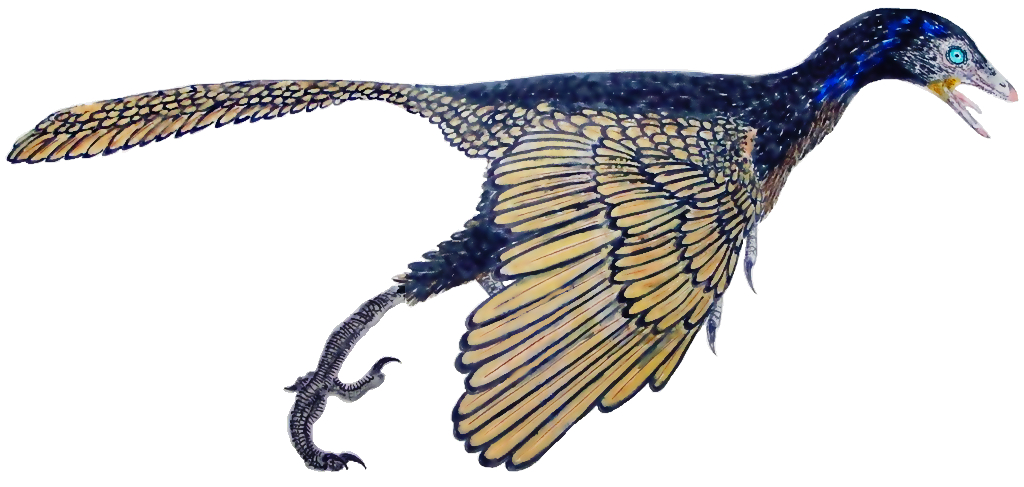
This transitional fossil between dinosaurs and birds has a name that combines Greek words for “ancient” and “wing” or “feather.” The correct pronunciation is “ar-kee-OP-teh-riks,” with the emphasis on the third syllable. Archaeopteryx lived during the late Jurassic period about 150 million years ago and provides crucial evidence for the evolutionary link between dinosaurs and modern birds. Many people incorrectly say “ar-KEE-op-ter-iks” or “AR-kee-op-ter-iks,” shifting the emphasis to different syllables, which changes how the word sounds and makes it harder for listeners to connect it to its Greek roots meaning “ancient wing.”
Deinonychus

Made famous by the “Jurassic Park” franchise (though often mislabeled as Velociraptor), Deinonychus has a name that means “terrible claw” in Greek. The correct pronunciation is “dye-NON-i-kus,” with the emphasis on the second syllable. This predatory dinosaur lived during the early Cretaceous period and featured a large, sickle-shaped claw on each foot that it used for hunting. Deinonychus stood about 3.4 feet tall at the hip and measured approximately 8 feet from nose to tail. People frequently mispronounce it as “DEE-no-NYE-kus” or “day-no-NITCH-us,” both of which misrepresent the intended Greek-derived pronunciation and meaning.
Spinosaurus

This sail-backed predator has gained popularity in recent years, but its name is often mispronounced. The correct way to say it is “SPY-no-SAWR-us,” with primary emphasis on the first syllable and secondary emphasis on the third. The name means “spine lizard,” referencing the tall neural spines that formed a sail-like structure on its back. Spinosaurus lived during the Cretaceous period and is notable for being potentially the largest carnivorous dinosaur ever discovered, possibly reaching lengths of over 50 feet. Common mispronunciations include “spin-oh-SAWR-us” or “spy-NOH-sawr-us,” which place emphasis on different syllables and change the flow of the name.
Giganotosaurus

Often confused with Gigantosaurus (a different and less well-known dinosaur), Giganotosaurus has a name meaning “giant southern lizard.” The correct pronunciation is “jig-uh-NOT-o-SAWR-us,” with primary emphasis on the third syllable and secondary emphasis on the fifth. This massive predator lived during the mid-Cretaceous period in what is now Argentina and was one of the largest carnivorous dinosaurs, potentially larger than Tyrannosaurus rex. People frequently mispronounce it by saying “jig-an-toe-SAWR-us” or by incorrectly inserting an extra syllable to make it “jig-an-toe-o-SAWR-us,” both of which misrepresent this impressive predator’s scientific name.
Parasaurolophus

This crested hadrosaur has a name that challenges many dinosaur enthusiasts. The correct pronunciation is “pair-uh-saw-ROL-uh-fus,” with the primary emphasis on the fourth syllable. The name references its crest, which extends from the back of its head in a long tube-like structure that may have been used for vocalization. Parasaurolophus lived during the late Cretaceous period, about 76.5 to 73 million years ag,o in what is now North America. People often incorrectly pronounce it as “para-saur-OL-o-fus” or “para-sore-o-LOAF-us,” both of which misplace the syllable breaks and emphasis, obscuring the meaning built into its scientific nomenclature.
Compsognathus
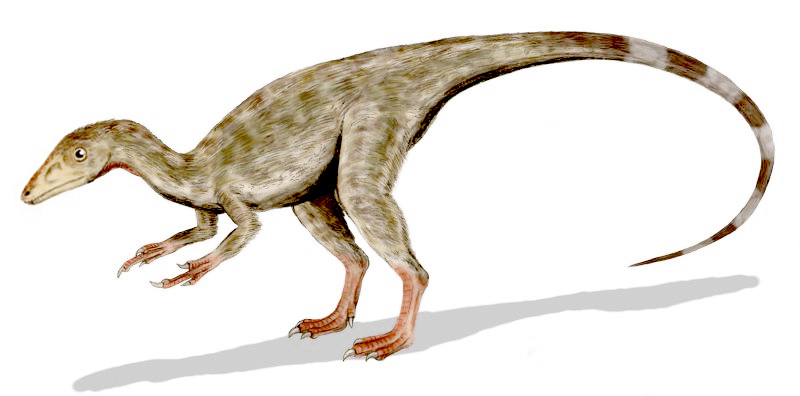
Despite being one of the smallest known dinosaurs, Compsognathus has one of the more commonly mispronounced names. The correct pronunciation is “komp-SOG-nuh-thus,” with the emphasis on the second syllable. The name comes from Greek words meaning “elegant jaw,” though this dinosaur is better known for its small size—about the size of a turkey—rather than its jaw structure. Compsognathus lived during the late Jurassic period, approximately 150 million years ago. Many people incorrectly say “comp-so-NATH-us” or “comp-sog-NATH-us,” which misplaces the emphasis and changes how the syllables flow together.
Tyrannosaurus

Even the king of dinosaurs doesn’t escape pronunciation problems. While most people know this dinosaur as T. rex, the full name Tyrannosaurus is correctly pronounced “tih-RAN-uh-SAWR-us,” with primary emphasis on the second syllable and secondary emphasis on the fourth. The name means “tyrant lizard,” reflecting its position as an apex predator during the late Cretaceous period. Tyrannosaurus rex could grow to lengths of up to 40 feet and heights of 12 feet at the hip. A common mispronunciation is “tie-RAN-oh-sore-us,” which incorrectly uses a long “i” sound at the beginning and misses the proper “sawr” sound in the latter part of the name.
Why Pronunciation Matters

Correctly pronouncing dinosaur names isn’t just about sounding smart—it’s about respecting the scientific tradition of naming organisms and understanding the descriptive nature of these names. Most dinosaur names contain information about the animal’s physical characteristics, behavior, or where it was discovered. When we pronounce these names correctly, we honor the paleontologists who discovered and named these fascinating creatures, and we gain a deeper appreciation for the meaning behind each name. Additionally, using correct pronunciations helps maintain clear communication in educational settings and ensures that information about these prehistoric animals is transmitted accurately from one generation to the next. While dinosaur names may continue to challenge our linguistic abilities, learning to say them correctly connects us more meaningfully to our planet’s remarkable prehistoric past.
Dinosaur names represent a fascinating intersection of science, language, and history. Although these prehistoric creatures lived millions of years ago, they continue to captivate our imagination today. By learning to pronounce their names correctly, we not only show respect for scientific nomenclature but also gain insight into the characteristics that made each species unique. So the next time you’re discussing these magnificent animals from Earth’s distant past, you can do so with confidence, knowing you’re honoring them with the proper pronunciation of their scientifically designated names.

